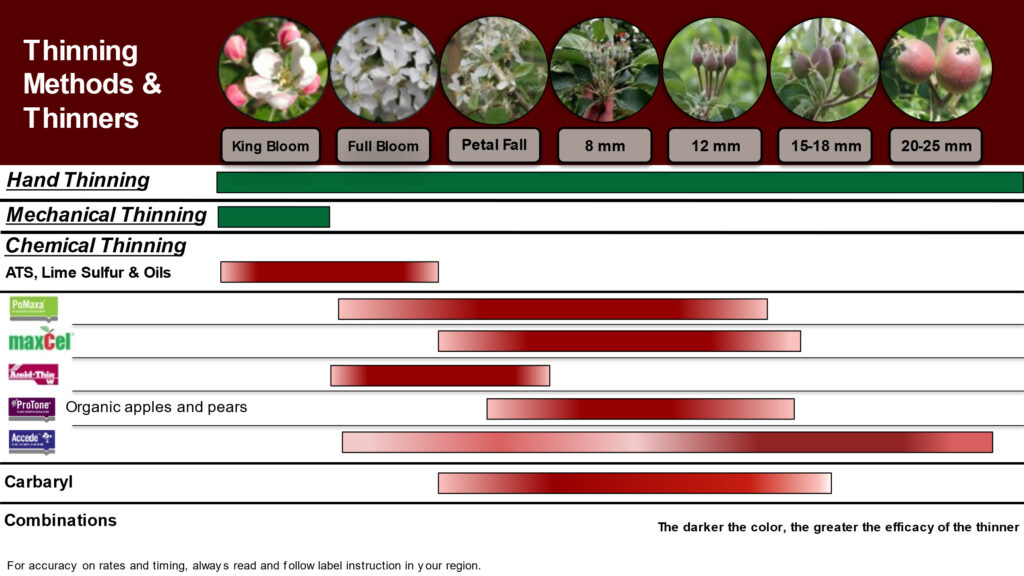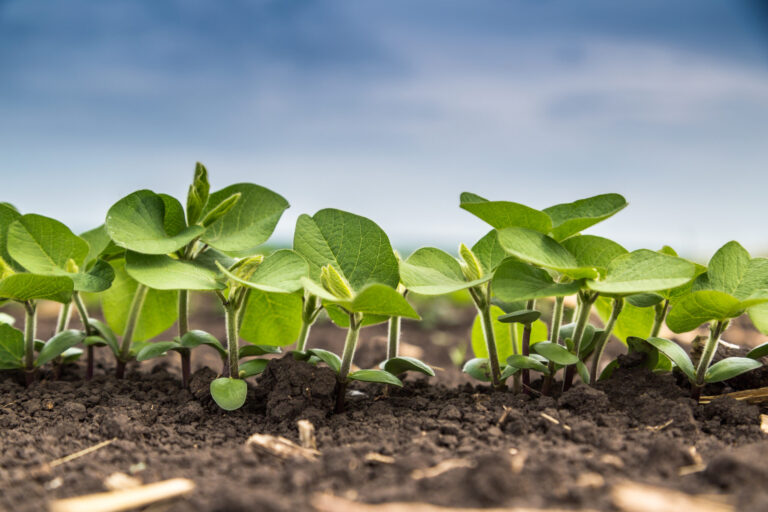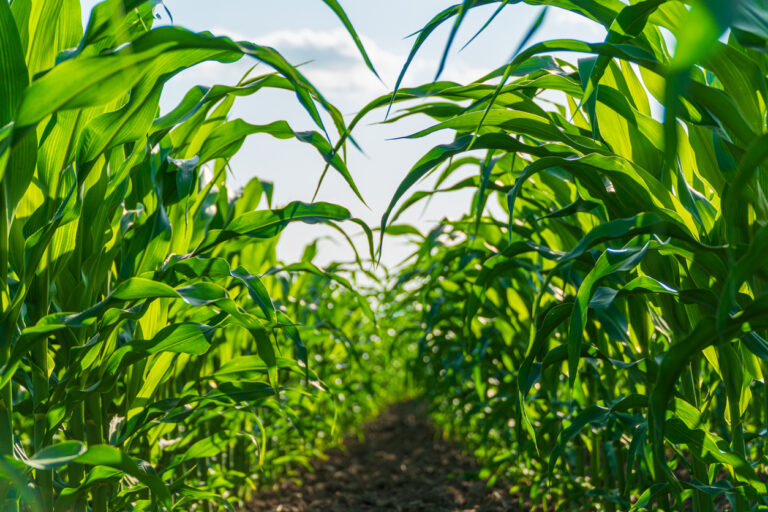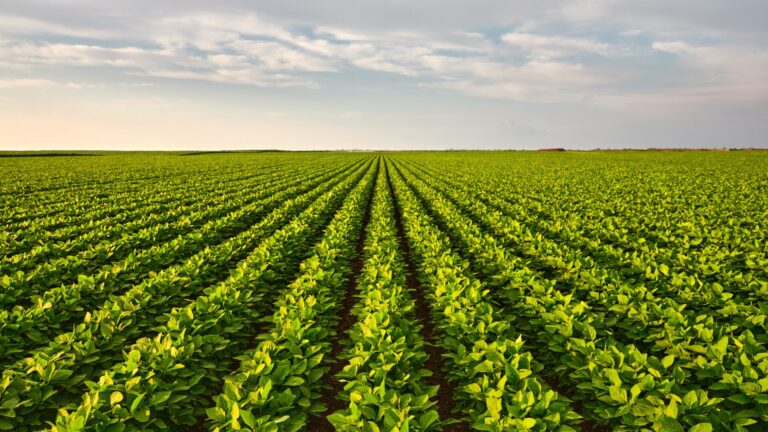Industry expert expands on using PGRs to improve product quality and profitability
In this Q&A, Poliana Francescatto, Ph.D. and Global Technical Development Specialist for Valent BioSciences’ plant growth regulator solutions, answers questions about fruit thinning. Francescatto is a leading expert on the use of plant growth regulators (PGRs) to improve fruit quality and orchard profitability.
Why should growers consider fruit thinning and how can they do it?
Francescatto: Fruit thinning, which is removing excess fruit from trees, helps growers achieve horticultural and economic goals. For instance:
- Thinning helps improve fruit characteristics, specifically size. Most cell division in the fruit, and therefore thinning practices, occur in the first 3-4 weeks following bloom. The reduction of the number of fruits per tree will increase the size of the remaining fruit. Other characteristics such as color and quality will also improve when fruit set is at proper levels.
- Yearly thinning helps avoid biennial bearing, leading to consistent annual production and assuring an adequate return bloom each year.
- Thinning reduces damage that can occur to limbs and trunks from a heavy crop load. Other orchard management practices such as pruning and fertilizing are more efficiently managed when trees are thinned uniformly.
- A well-thinned tree generally allows more uniform fruit size and ripening, resulting in harvest efficiency and a reduction in the number of picks required. A crop with more uniform fruit size and color will also reduce packing and storage costs.
- All the thinning benefits have an economic benefit: improvement of size, quality, and ease of harvest.
Several thinning methods are available: chemicals, by hand, or a combination of both. Mechanical thinning is also an option, but it is not widely adopted.
Are chemical thinners the best option for fruit thinning?
Francescatto: Chemical thinners are currently the most practical and widely used tool available for decreasing crop load. Several thinning compounds are available in the U.S., including caustic products, PGRs, and PGR-like compounds. Depending on the compound and mode of action, they can be applied any time from bloom to 25-millimeter fruit size, used alone or in combination with other compounds, or applied in a single application or sequentially depending on the amount of thinning required.

Fruit growers generate income by consistently delivering large, top-quality fruit. However, achieving those standards isn’t easy. Growers face a host of challenges, including the environment, economics, traceability, and a labor shortage. PGRs are among the most valuable tools available to help growers maintain profitability in the face of such challenges.
What other benefits do chemical thinners provide?
Francescatto: Chemical thinners will provide the previously mentioned benefits but to a much greater extent when done earlier in the season. The earlier removal of fruitlets will reduce the competition between fruitlets allowing the tree to conserve more nutrients and carbohydrates to better support growth of the remaining fruit. Also, applying chemical thinners early in the season will help reduce alternate bearing of the varieties that show earlier flower initiation, like Honeycrisp and Fuji.
Because they reduce the need for hand thinning, chemical thinners help reduce labor costs, as well.
What are the main factors that can influence chemical thinning?
Francescatto: Plant thinning responses to chemical thinners depend on a number of factors, including environment, rate, timing, variety, tree age, vigor and status, water volume, and other factors. Among those, environmental conditions such as humidity and temperature have the greatest influence on thinning efficacy. Slow drying conditions followed by high temperatures will enhance absorption and increase plant response.
As a rule of thumb, cloudy days, warm nights, and high temperatures for a number of days negatively affect tree carbohydrate production and result in carbohydrate deficit – easy to thin! Sunny and cool days promote photosynthesis, leading to carbohydrate surplus – hard to thin!
What products does Valent BioSciences offer for chemical thinning?
Francescatto: Valent BioSciences offers four PGRs for thinning, each with a unique mode of action to reduce crop load and increase profitability: MaxCel®, PoMaxa®, ProTone® (for conventional and organic production), and the newest biorational PGR, Accede® Plant Growth Regulator.
For apple growers, Accede extends the thinning window beyond what is currently available, giving growers a new tool for the “late thinning” window. Accede is also registered for stone fruit growers. It is the first of its kind chemical thinning solution available for peach and nectarine growers to manage crop load






